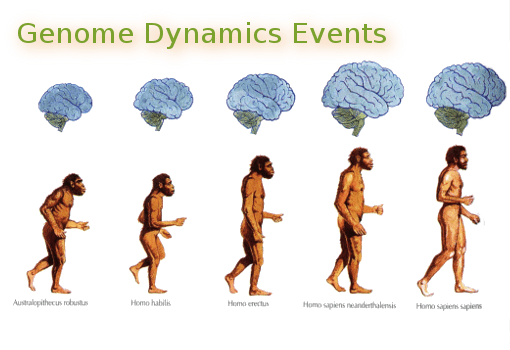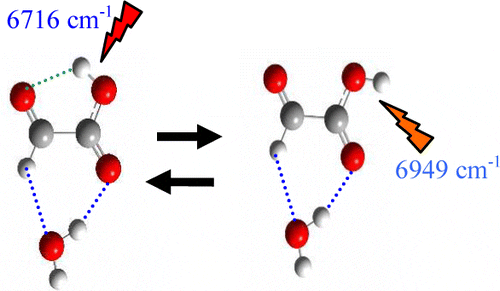Nutritional epigenetics, exercise, and immune system integrity

Anti-inflammatory mechanism of dieting and fasting revealed Summary: Researchers have found that a compound produced by the body when dieting or fasting can block a part of the immune system involved in several inflammatory disorders such as type 2 diabetes, atherosclerosis, and Alzheimer’s disease. My comment: For the obvious link from nutrition and exercise to … Nutritional epigenetics, exercise, and immune system integrity







